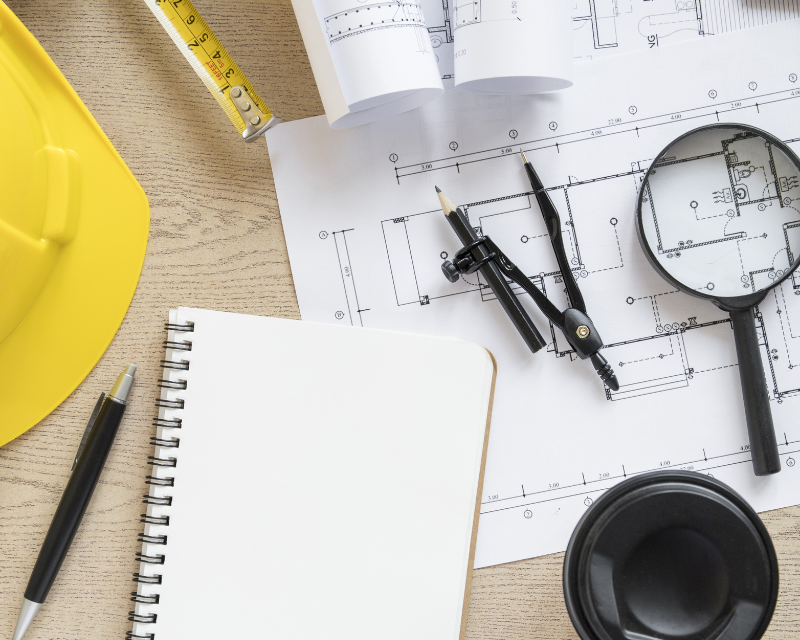In the realm of architectural innovation, technology stands as a beacon, reshaping the landscape of structural design, particularly within the domain of apartment buildings. With burgeoning urban populations and a rising demand for sustainable, efficient living spaces, architects and engineers are leveraging cutting-edge technologies to revolutionize the way apartments are conceived, designed, and constructed. In this comprehensive exploration, we will delve into the myriad ways in which technology is propelling forward apartment structural design, from digital modeling tools to sustainable building materials.
- Digital Modeling and Simulation
At the forefront of apartment structural design lies the transformative power of digital modeling and simulation software. These sophisticated tools empower architects and engineers to craft intricate 3D models of apartment buildings, providing a platform to visualize and analyze structural integrity before ground is even broken. By employing advanced computational algorithms, these software applications simulate diverse environmental factors such as wind loads, seismic activity, and thermal performance. This enables designers to fine-tune the structural efficiency and resilience of buildings, optimizing their performance and longevity. - Building Information Modeling (BIM)
Building Information Modeling (BIM) has emerged as a cornerstone in architectural design and construction, heralding a new era of collaboration and efficiency. BIM software facilitates seamless coordination among multidisciplinary teams throughout the project lifecycle, from initial conception to facility management. Within apartment structural design, BIM fosters integrated collaboration between architects, structural engineers, MEP consultants, and contractors, streamlining workflows, reducing errors, and enhancing decision-making processes. - Parametric Design and Generative Algorithms
Parametric design and generative algorithms offer architects and engineers a dynamic toolkit for exploring intricate design possibilities and optimizing structural performance. By establishing parameters and rules, designers can craft adaptive systems that intelligently respond to contextual constraints and user needs. Within the realm of apartment buildings, parametric design techniques unlock opportunities to generate innovative facade patterns, optimize floor layouts for natural light and views, and minimize material waste through algorithmic optimization. - Advanced Materials and Fabrication Techniques
The evolution of materials science and fabrication technologies has ushered in a new era of innovation in apartment structural design. From high-performance concrete and engineered timber to advanced composites and 3D-printed components, architects and engineers have access to an expansive array of groundbreaking materials. These materials not only offer enhanced strength, durability, and sustainability but also afford greater design flexibility and architectural expression, paving the way for a new wave of structural possibilities. - Sustainability and Energy Efficiency
In response to the pressing imperative of climate change, sustainability has taken center stage in apartment structural design. Technology serves as a catalyst for advancing sustainable building practices, from passive design strategies to energy-efficient HVAC systems and renewable energy integration. Through the utilization of advanced simulation tools and performance analytics, designers can optimize the environmental performance of apartment buildings, reducing energy consumption, minimizing carbon emissions, and enhancing occupant comfort and well-being.
In Conclusion
As we peer into the future of apartment living, technology stands poised as a guiding force, shaping the trajectory of design, construction, and habitation in urban spaces. From the realm of digital modeling and simulation to the frontiers of advanced materials and sustainable practices, the role of technology in advancing apartment structural design is indispensable. By embracing innovation and pushing the boundaries of possibility, architects and engineers hold the key to ushering in the next generation of resilient, efficient, and inspiring living environments for generations to come.






